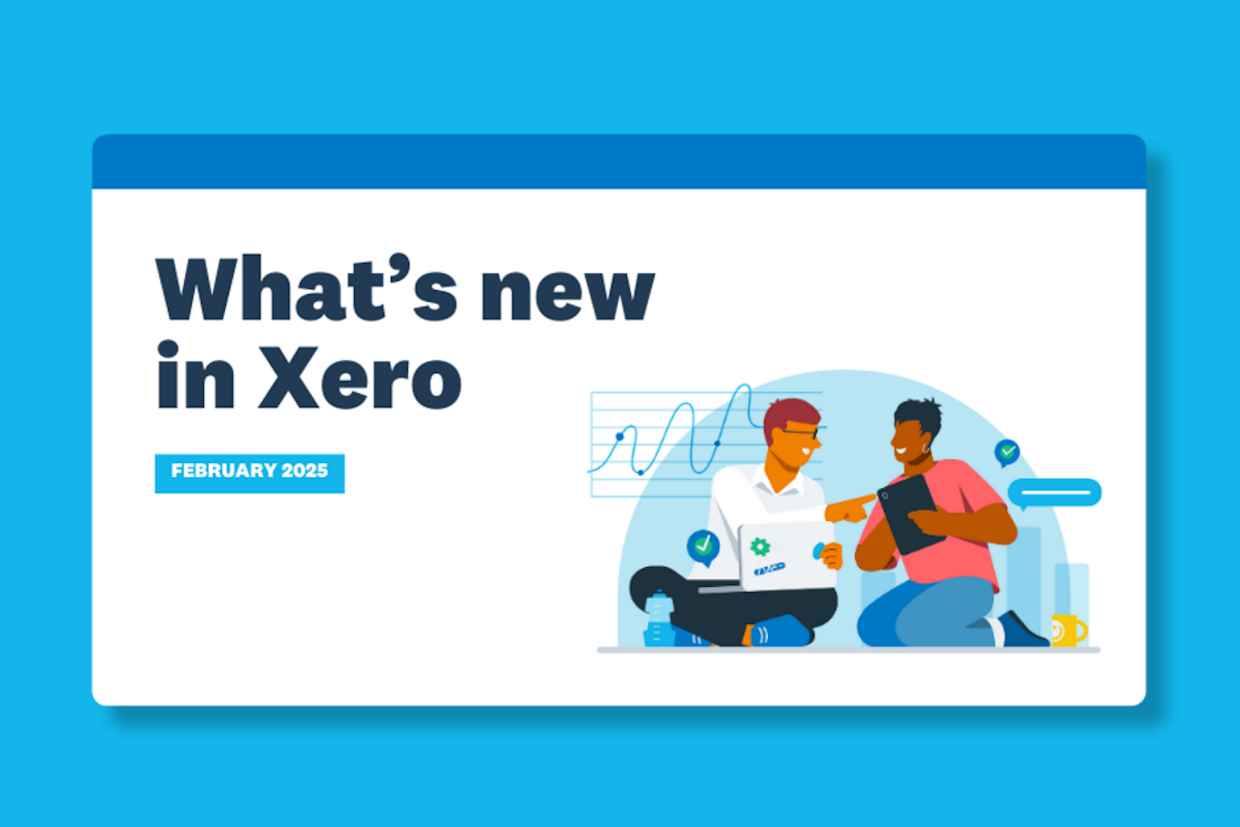How much should you pay yourself?
Being the boss means you get to make all the big decisions about your business – including how much to pay yourself in wages, salary or drawings.
As the owner, you might need to underpay yourself in the early stages of building your business, so you can reinvest the profits. But your time is valuable – and you need enough money to pay the bills. So how can you find the right level of pay? It has to be enough to keep the mortgage paid, while also building a thriving business.

If you’re trying to decide how much to pay yourself, here are a few questions to ask yourself:
- What can the business afford? - You need to leave enough cash in the business to keep it ticking along, pay your basic costs, and meet your tax obligations. Once you’ve considered all those outgoings, how much does that leave you as a potential salary? We can help you work out what that number is, so you can establish a sustainable rate of pay.
- What’s the market rate for your role? - What would you have to pay someone to do the work you’re undertaking in this business? Maybe you wouldn’t actually be able to find anyone to work the same long hours, but if you were hiring someone with your experience, to do the same sort of work for 40 hours a week, what would they expect to be paid? That number is a good starting point for thinking about your own salary or drawings. If you’re being underpaid, it’s time to think about ways to grow your profits. If you’re being overpaid, congratulations on building a highly profitable business!
- Could reinvesting profits grow your income faster? - You can take all the profits out of your business, which should give you a strong and sustainable income. Or, could you reinvest your profits and grow the business faster, leading to a higher income in the long-term? You might choose to spend some of your profits on advertising, a better website, or developing a new offering, for example. Or you could pay for assistance in some area of the business. If the investment leads to higher growth, it might be well worthwhile.
We’ll help you run the numbers
We can help you figure out how much your business can afford to pay you, analyse the potential gains of a business investment, or weigh up the pros and cons of hiring someone to help you.
Get in touch, we’d love to hear from you.



Keep updated! Sign up to our mailing list!
Find Us
The Chartwell Practice Limited
Chartwell House
4 St Pauls Square
Burton-on-Trent
Staffordshire
DE14 2EF
Contact Us
Telephone: 01283 741400
Email: info@chartwellpractice.com
Useful links
Privacy Policy
Legals & Disclaimer
The Chartwell Practice Limited
